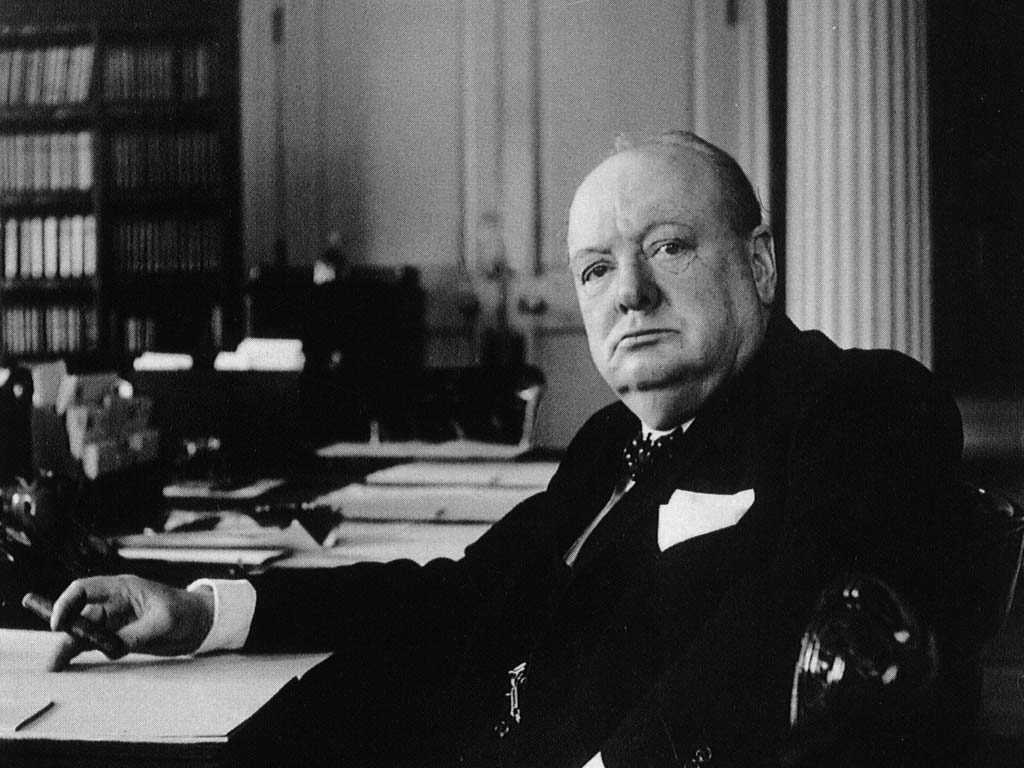Tenders are the Worst Form of Procurement
Tenders may be the traditional form of procurement, but it’s time they were consigned to the dustbin of the past.

This article was originally published on LinkedIn by Austin Harrison.
“Procurement by tender is the worst form of procurement, except for all the others”
Winston Churchill, British politician, army officer, and writer, 1874-1965
Actually, Winston Churchill never said that, but if he’d been a Bid Manager I reckon he totally would have.
Procurement by tender is, by and large, a solution to a whole lot of problems that ought not to exist. Nepotism, backhanding, bribery and intimidation – those old-school gangster favourites – are obnoxious and illegal and commercially inadvisable, and picking with a pin is a terrible way to get an optimal result. I fully accept that tendering is as about as fair and sensible a method of procurement as I’ve come across.
Then again, if aliens landed and were introduced to the concept of tendering, they might wonder why we’ve created an entire sub-industry devoted to a single method of acquisition that doesn’t always get the right result for the purchaser and doesn’t always guarantee a sale for the best vendor.
Tenders – A Hugely Expensive Lack of Control
As someone who supports sales for a living, the issue I have, if one accepts I’m not a gangster, is that tendering is hugely expensive, and doesn’t quite work like it says on the tin. Purchasing, even of large, complex and multi-component tangibles, as well as intangible stuff like ideas and values, works a bit better for both parties if it’s treated more like old-fashioned shopping.
The buyer needs to try it on, to prod and poke and feel the width, and the vendor needs to suggest politely that while tangerine sequins are a bit last season, this one here is timeless and elegant and 20 per cent off.
A glaring anomaly, for me at least, is that as soon as an invitation to tender is issued, both sides lose a significant element of control. From the sales side, there might have been months or years of locating, learning about, and leading a prospect towards a solution that meets and exceeds needs that have been properly and professionally identified.
An RFx is issued, and suddenly any such headway can be diminished or completely negated. For the purchaser, they give up the tactile, lived experience of shopping and replace it with acquisition by form-filling at arms-length.
And if we’re being brutally honest, both the form and the response can be poorly designed and quite a long way from what is wanted or what is actually delivered.
Re-channelling some of the blood, toil, tears and sweat
While the tendering thing fills up my time quite satisfactorily, I’d prefer to expend a little more effort on winning business, and a little less on just joining in. Tenders are unlikely ever to disappear (and nor should they), but that doesn’t stop me from exploring any alternative approaches.
I’m lucky that the field I work in is flexible to some extent in respect of the sales process. It’s been possible for my team, in collaboration with others, to provision my sales colleagues with written collateral that is designed to preempt, or at least influence (in a non-gangster way) procurement by tender. I believe we’ve had some success with the following:
A Buyers’ Guide to Tenders
More of an infomercial than an advert, this encourages a prospect to ask questions of prospective suppliers. They are, of course, the kind of questions that my company would enjoy answering, and our logo and testimonials are prominent, but for those prospects who are in the early stages of procurement, I believe it’s actually a really useful item
The Case for a New [insert your offering here]
A more substantial justification for change, and how to go about it (define why you’re shopping, don’t let the wrong people make the decision, focus on advantages rather than risk, examine the risk of not changing, etc.). Includes plenty of stories of successful procurement (of my company’s products, but then those are the only stories to which we have access…)
How to write a Request for Proposal
If we have to go down the RFP path, it’s great to receive something that we can respond to properly. You may be surprised, but this isn’t a shameless spruiking for my company’s products. Rather it highlights sensible things to ask, and how best to encourage an honest and comprehensive response (e.g.; a spreadsheet with 500 or 1,000 closed questions might actually deliver less information than 50 broad questions that can be completed as the respondent sees fit, kind of thing)
A Host of One-Pagers
A host of documents, from one-pagers upwards, that serve to address questions from prospects that repeatedly crop up during the sales process. For my line of work, these include collections of case studies focused on a particular market sector (who else like me has your products?), outlines of change management and ongoing support services, descriptions and examples of opportunities for return on investment, explanations of solution architecture and overarching compliance, etc., etc.
While it seems that these documents have had some impact, it’s difficult to measure precisely how much. Certainly, we’ve received RFPs based on our suggestions, but often we’re not sure if a particular document reassured or persuaded a particular prospect sufficiently for a them to sign the contract.
That said, I take the view that my job is to support the salesfolk, and if they consider this sort of thing helpful, that, for me, is a decent result.
Do you do anything to anticipate or guide procurement by tenders, and move forward into broad, sunlit uplands? What are your experiences here? Always keen to learn more….